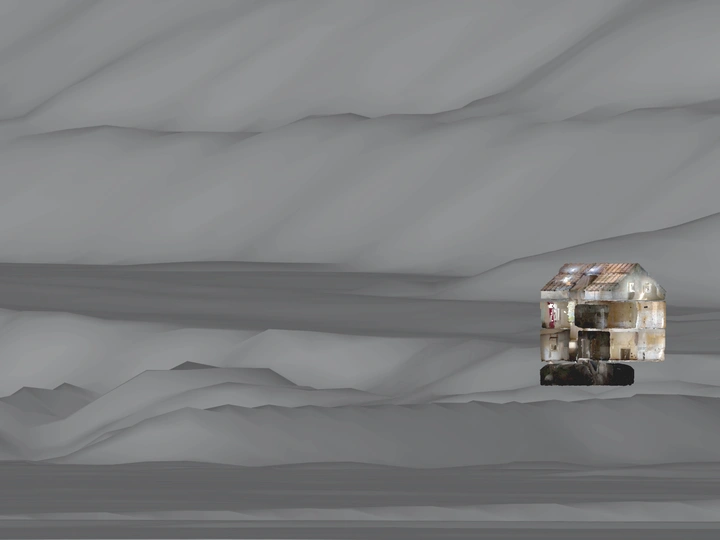Forms of Living in Fluid Spaces

I am a researcher based in Berlin and Düsseldorf, Germany. My main focus lies on the political implications of infrastructural space.
My current occupation is focused on mining projects with an emphasis on German coal mining. Here I try to incorporate legislative and cartographic representations of space as much as the material constructions of the world to formulate a fundamental critique of the ways in which spatial practices reproduce oppressive systems of power. A past encounter has been a research project at the University of the Arts, Berlin on the specifics of postmodern infrastructure in West Berlin. The research ultimately culminated in a monograph of specific spatial phenomena, taking into account not only the historical entanglements of cold war politics and architecture, but also the various cultural representations of spaces through media and their interpretation in contemporary and future uses.
Architecture has always been a lens with which I felt able to read and narrate the physical construction of the world. I understand my spatial practice as an ongoing debate of the political and cultural, that is not necessarily only focused on building but extends well into research and theory. Thus my own architectural work is not only represented in plans, but just as much in texts and images.
Besides my own occupations, these interests have let me to work with architectural practices such as schneideroelsen and Brandlhuber+ Emde, Burlon, to teach at institutions such as Technical University Berlin, Munich University of Applied Sciences and Academy of Fine Arts and Design in Bratislava and publish with publishers such as trans/Zürich, Protocol/Berlin and Urbanophil/Berlin.
I have studied Architecture at the University of the Arts Berlin, where I obtained both my Bachelors and Masters degree.
For over 700 years coal has been extracted in the Niederrheinische Bucht, a geological area spanning from Cologne to Aachen and from Düsseldorf to Bonn in North Rhine Westphalia, Germany. At first industrialization, then the military industrial complex of the national socialist Party, later Germany's reconstruction and global capitalism made exploitation in scales possible that exceed any European comparison. Open mining pits, up to half a kilometer deep and 6 kilometers wide, rip through cultivated landscapes, where not only the local fertile soil, but also thousand year old villages fall victim to devastated landscapes. Within the seemingly linear progress of demolishing and rebuilding villages, numerous architectural mutations can be detected. Many of the political questions of architectural practices converge like in a magnifying glass and are tentatively negotiated on behalf of society. This project tries to map, analyze and describe all the other states villages might turn into, shedding light on contemporary narratives of rural life amidst territories of 21st century energy production:
The Farming Village, Strategies of Value-Enhancement, Temporary Refugee Homes, Activist Occupation, Non-Human Agencies, Accumulative Zones, Entropic Mounds, New Villages, Model Settlements, Prime Properties, Archives and Memories, ...
This project does not seek to diversify the villages into unrelated fragments, but on the contrary, show their unifying basic conditions. drawing attention to their kinship. In the past century, over 300 villages have been devastated and over 100.00 inhabitants have been displaced. Understanding these villages in their different states not as singular phenomena, but as parts of an interconnected network of districts, their agencies can add up to a more representative weighting. Ultimately it tries to unpack the spatial realities within the political authority of global supply chains.